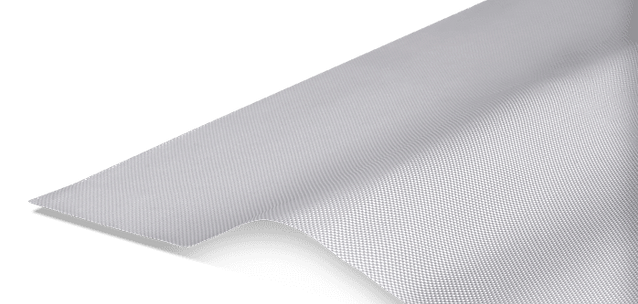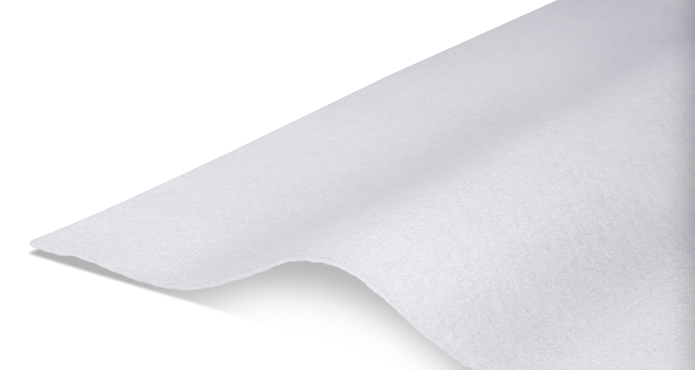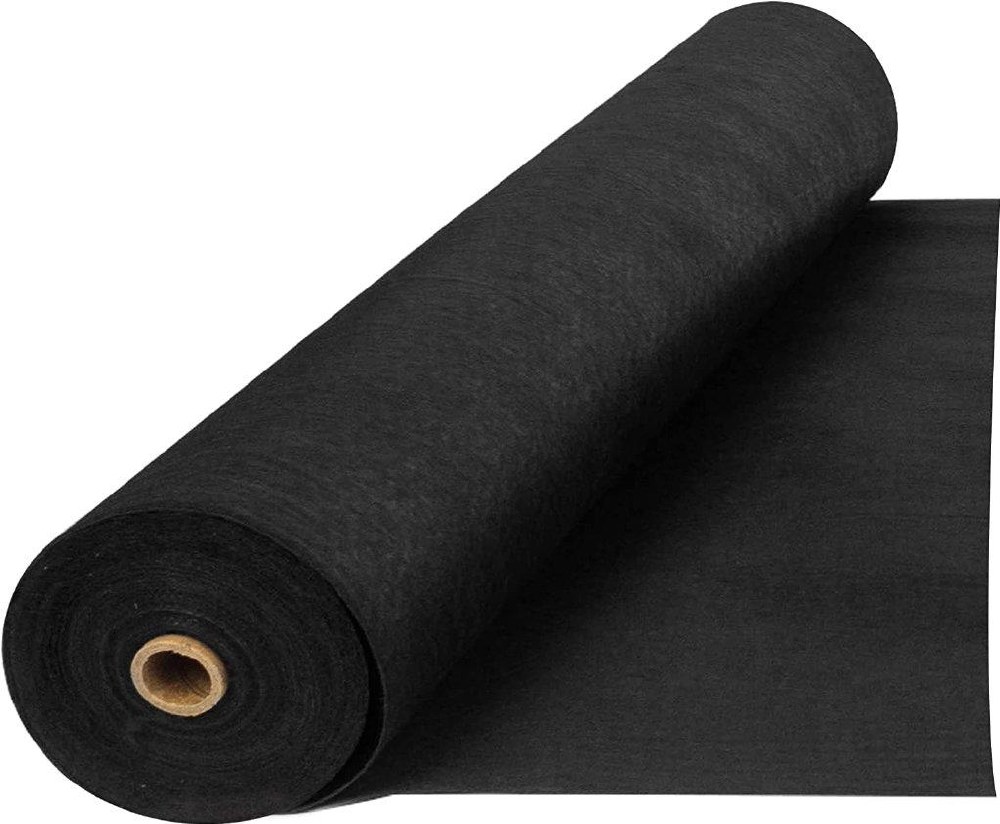Geotextile fabric is an essential material used in many construction projects. It is a versatile material that can be used in a variety of applications, including drainage, filtration, separation, reinforcement, and erosion control. The fabric is made from synthetic or natural fibers and is available in woven and non-woven forms.
We will discuss the differences between woven and non-woven geotextile fabric and the situations where each type is most appropriate. We will also explore the benefits that geotextile fabric provides in construction projects.

Woven Geotextile Fabric
Woven geotextile fabric is an incredibly durable and strong material that is made by weaving synthetic or natural fibers together in a specific pattern. This weaving process creates a material that is highly resistant to tearing, puncturing, and other forms of damage, making it an ideal choice for a wide range of applications.
One of the key benefits of woven geotextile fabric is its exceptional combination of strength, stability, and tensile resilience. This material can withstand a significant amount of stress and strain without losing its shape or structural integrity, making it ideal for use in applications where a high level of strength and stability is required.
One of the most common uses for woven geotextile fabric is in road construction projects. When used as a road reinforcement material, the woven fabric helps to prevent soil from shifting and settling, which can cause damage to the road surface over time. This helps to both extend the lifespan of the road and reduce maintenance costs.
Woven geotextile fabric is also commonly used in erosion control applications. It can be used to prevent the erosion of soil on slopes, embankments, and riverbanks by providing a stable and durable layer of protection against the forces of nature. This helps to protect the surrounding environment and prevent damage to infrastructure and other nearby structures.
In addition to its use in road construction and erosion control applications, woven fabric is also used to stabilize the soil during construction projects, such as the building of retaining walls. By providing a strong and stable base for the construction of these structures, woven geotextile fabric helps to ensure their long-term stability and durability.
Overall, woven geotextile fabric is an incredibly versatile and effective material that is essential for a wide range of construction, landscaping, and environmental applications. Its exceptional combination of strength, stability, and tensile resilience make it an ideal choice for projects that require a high level of durability and long-term stability.

Non-Woven Geotextile Fabric
Non-woven geotextile fabric is an incredibly versatile material that is widely used in a variety of applications. This unique fabric is made by bonding synthetic or natural fibers together using heat and pressure, creating a strong and durable material that is highly flexible and adaptable.
One of the key benefits of non-woven geotextile fabric is its exceptional flexibility. This material can be easily molded and shaped to fit a wide range of contours and surface features, making it ideal for use in a variety of construction and landscaping applications.
In addition to its flexibility, non-woven geotextile fabric is also highly porous and permeable. This means that it allows water to pass through easily, while still maintaining its strength and durability. This makes it ideal for use in drainage systems, where it can help to prevent soil from clogging up drainage pipes and filter water as it passes through the soil.
Non-woven geotextile fabric is commonly used in a wide range of drainage and erosion control applications. For example, it can be used to prevent soil from washing away during heavy rainfall, or to provide additional support and stabilization for sloping terrain. It is also commonly used in landscaping applications, where it can be used to create retaining walls or to provide additional support for garden beds and other landscaping features.
Overall, non-woven geotextile fabric is a highly versatile and effective material that is essential for a wide range of construction, landscaping, and environmental applications. Its unique combination of strength, flexibility, porosity, and permeability make it an ideal choice for a variety of projects and applications.
Benefits of Geotextile Fabric
Geotextile fabric provides several benefits in construction projects, including:
-Strength and Stability: Geotextile fabric is a strong and stable material that can withstand heavy loads and stresses. The fabric provides reinforcement and stabilization to the soil, preventing it from shifting or settling.
-Cost-effective: Geotextile fabric is a cost-effective solution for many construction projects. It reduces the need for expensive materials and can help to reduce overall construction costs.
-Environmentally Friendly: Geotextile fabric is an environmentally friendly material that is made from recycled materials. It reduces the need for excavation and can help to reduce the environmental impact of construction projects.
Geotextile fabric is a versatile material that provides several benefits in construction projects. Woven is best for applications where strength and stability are required, while non-woven is best for applications where filtration and drainage are required. Both types of geotextile fabric provide excellent erosion control capabilities and are cost-effective and environmentally friendly.
If you are planning a construction project, consider using geotextile fabric as a cost-effective and efficient solution. Whether you need to stabilize soil, filter water, or prevent erosion, geotextile fabric can provide the solution you need. With its many benefits, geotextile fabric is a valuable addition to any construction project. Stop by Altra Rental & Supply if you’d like to learn more or have any geotextile fabric needs or questions!

